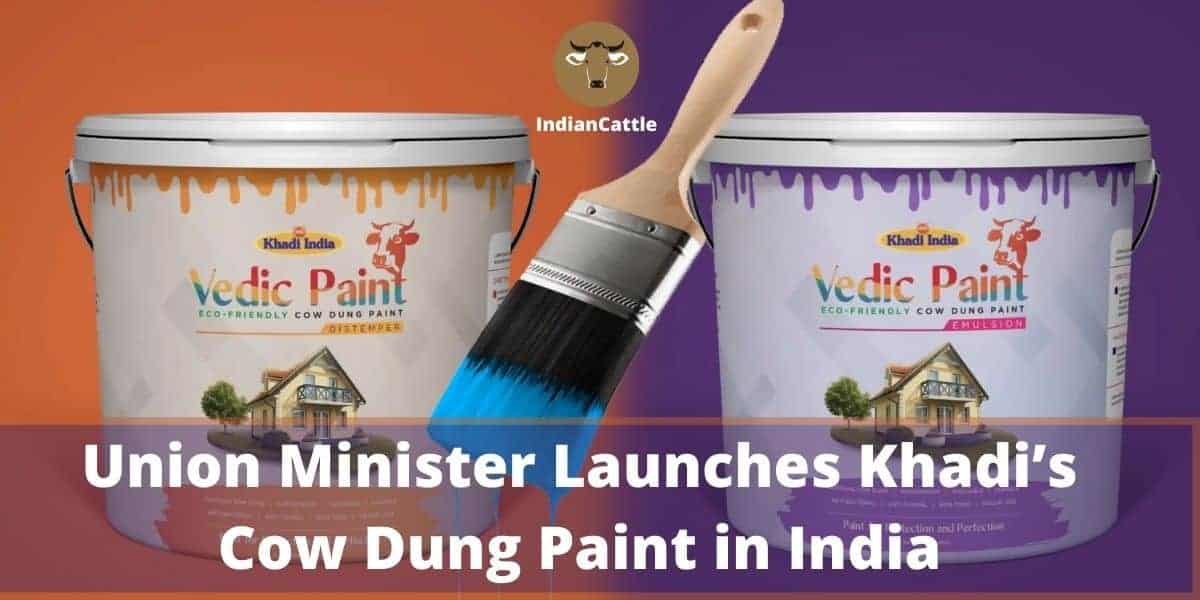
Union Minister Launches Khadi’s Cow Dung Paint in India
Cow dung paint in India
Union Minister Nitin Gadkari recently launched ‘Khadi Prakritik Paint’, a paint made out of cow dung. Developed by the Khadi and Village Industries Commission (KVIC), the paint is being claimed to be non-toxic, having anti-bacterial and anti-fungal properties, as well as eco-friendly. Moreover, since cow dung is the main element in this paint, the paint is cost-effective. The paint has been made odourless, as well. Khadi Prakritik Paint has been launched only after it received the certification from Bureau of Indian Standards. Minister Gadkari said that the move would aid in increasing the income of the farmers and improving the rural economy.
The cow dung paint in India has been launched in two variants – distemper, priced at Rs 120 a litre, and emulsion, at Rs 225 a litre. The price is significantly less than that of other paints. Moreover, the paint, according to a statement by the Union Ministry of Micro, Small & Medium Enterprises, does not contain elements like mercury, lead, chromium, cadmium as well as arsenic.
Khadi Prakritik Paint: Why eco-friendly paint matters
A study conducted by the Centre for Science and Environment in 2008 and 2009, had found that as many as 72% of the samples tested by them contained lead samples that vastly exceeded the permissible limit set by the Bureau of Indian Standards. The limits set by regulatory authorities in India require companies to self-certify their compliance with these measures, making it more of a voluntary requirement than a mandatory one.
Numerous studies have shown that paints contain toxic chemicals, especially lead, which can have serious impacts on the healths of people exposed to the fumes. This is especially true for children, in whom, fumes from lead-containing paints can lead to lower IQ levels.
While the study by CSE was conducted over 10 years ago, in 2017, Delhi-based NGO Toxic Link, which has had numerous published researches on the issue, again studied the levels of lead in most paints. Even after nearly a decade, the study found a whopping 73% of paint samples having lead levels higher than the required 90 ppm, indicating barely any change at the ground level in terms of compliance to these standards.
The only sliver of hope was a few big companies offering lead-free alternatives, while most still continued to sell paints containing harmful levels of lead. Keeping this in consideration, the paint developed by KVIC would play a very important role in reducing chemical-based paints and the threats to health that they pose.
Read more: Diagnosis and Treatment of Downer Cow Syndrome
Source: The article is extracted from Financial Express, January 15, 2021.
